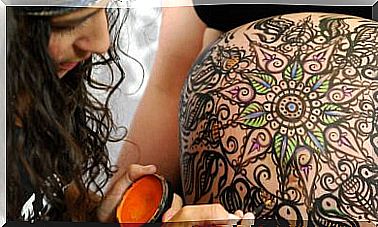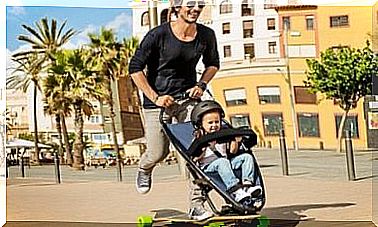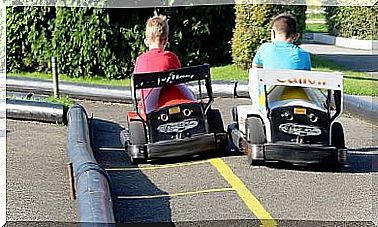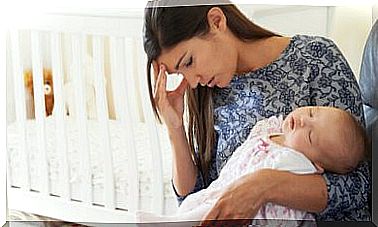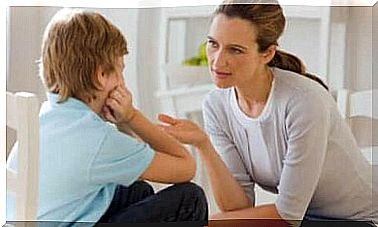Conjunctivitis In Babies
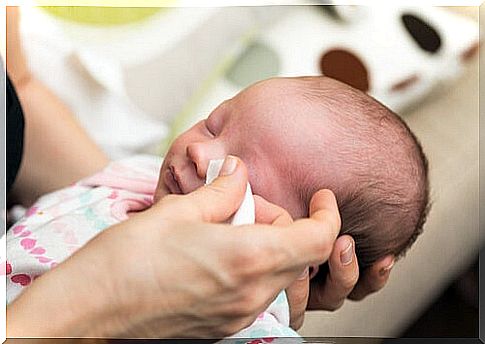
Also common in children, conjunctivitis in babies is an inflammation of the conjunctiva. The conjunctiva is the membrane that covers the whites of the eyes and the inner area of the eyelids. It is transparent, and therefore imperceptible to the naked eye.
Symptoms of Conjunctivitis in Babies
- Constant tearing.
- Light sensitivity.
- Meals in greater quantity than usual.
- Appearance of white, yellow or greenish secretions in the eye.
- Inflammation of the eyes, especially of the whites and eyelid. It can be difficult for the mother to specifically identify which part is inflamed. Usually, a general inflammation is seen.
- Redness of the eyes The whites and lower edges of the eyes are reddened. It can happen with just one or both eyes.
- Itching, or feeling of having sand or “something” in the eyes. In the case of a baby it is more difficult to know as he cannot communicate exactly how he feels. Therefore, the mother must observe if the baby tries to touch or scratch his eyes in order to identify any kind of discomfort in this area.

Types of Conjunctivitis in Newborn Babies
Conjunctivitis can be classified according to its origin. It is also necessary to take into account the child’s age, since there may be different characteristics and treatments for each case.
chemical conjunctivitis
It is caused by the drops that are given as soon as the baby is born. They are applied to prevent infections caused by bacteria. This is one of the milder types of conjunctivitis. The swelling and redness of the eyes usually disappears after about 36 hours. Chemical conjunctivitis does not need specific treatment.
Conjunctivitis by Neisseria gnorrhhoeae
Also called gonococcal conjunctivitis, it is caused by the gonorrhea bacteria. It is transmitted to the baby through the birth canal. The baby is prone to contracting if the mother has gonorrhea.
If the doctor is aware that the mother is infected, they can prevent conjunctivitis with antibiotic drops at the time of delivery.
Symptoms of redness or discharge usually appear two to four days after birth. Treatment is usually given by intravenous antibiotics.
Conjunctivitis by Chlamydia trachomatis
Like gonococcal conjunctivitis, this type of conjunctivitis is also transmitted through the birth canal. Symptoms of inflammation, redness, and discharge from the eyes usually appear about 5 days after birth. It is treated with oral antibiotics.
bacterial conjunctivitis
Several types of bacteria can cause conjunctivitis and affect children’s vision. Treatment depends on the type of bacteria causing the disease.
The most common symptoms are swollen eyes, with yellowish discharge, and glued eyes from the discharge. Treatment is with antibiotic drops or creams.
It is also recommended to clean your eyes with warm water compresses. When cleaning, it is necessary to take all possible hygiene precautions.
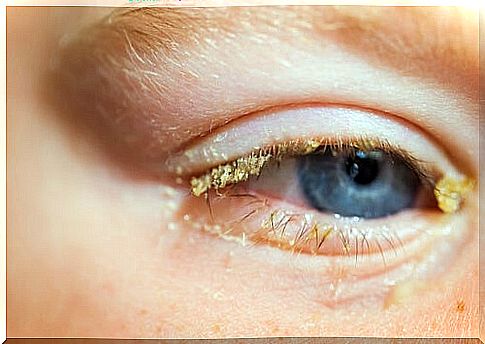
Causes of conjunctivitis in babies and children
- Obstruction of the lacrimal duct. Many babies are born with one or both of their tear ducts blocked. A few days after birth, the eye can become infected from lack of lubrication. Symptoms are often confused with conjunctivitis. This problem can be treated with massages indicated by the pediatrician. In the worst case, a simple surgical procedure is performed.
- Bacteria. Bacteria that live on the skin or in the nose can reach the eye, causing the infection.
- Virus. It is often the most common cause of conjunctivitis.
- Allergies. They can be caused by dust, pollen, smoke or any external agent.
- Contact with other substances. Any foreign element can cause irritation. It can occur with baby creams, pool chlorine, perfumes, or any other substance that accidentally enters the eye.
What to do in case of conjunctivitis in babies?
The first thing to do is consult your pediatrician. It will determine whether your baby needs antibiotics or anti-allergy drugs, depending on the source of the conjunctivitis. It is also essential to avoid applying home remedies without medical consent.
In case the baby has conjunctivitis, to avoid contagion, the mother or the baby’s caregiver should wash their hands well every time they come into contact with the baby’s eyes, for example when wiping with swabs.
Care is essential as viral and bacterial conjunctivitis are very contagious. This is also important to protect the other children in the house.

